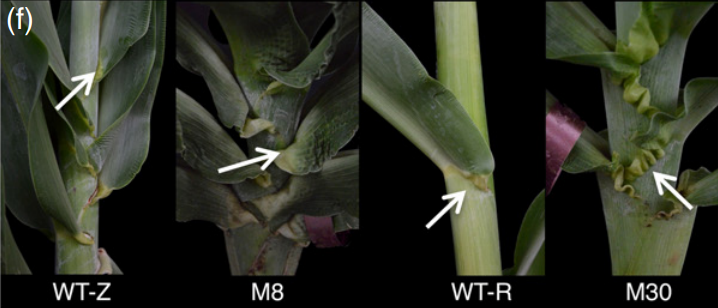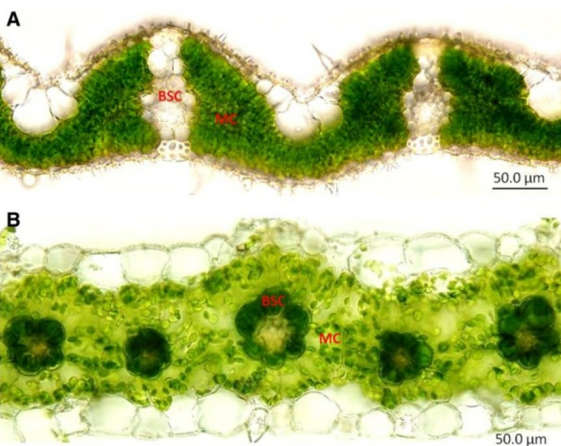An efficient method for crossing green foxtail (Setaria viridis) is currently lacking. S. viridis is considered to be the new model plant for the study of C4 system in monocots and so an effective crossing protocol is urgently needed. S. viridis is a small grass with C4-NADP (ME) type of photosynthesis and has the advantage of having small genome of about 515 Mb, small plant stature, short life cycle, multiple tillers, and profuse seed set, and hence is an ideal model species for research. The objectives of this project were to develop efficient methods of emasculation and pollination, and to speed up generation advancement. We assessed the response of S. viridis flowers to hot water treatment (48°C) and to different concentrations of gibberellic acid, abscisic acid, maleic hydrazide (MH), and kinetin. We found that 500 μM of MH was effective in the emasculation of S. viridis, whilst still retaining the receptivity of the stigma to pollination. We also report effective ways to accelerate the breeding cycle of S. viridis for research through the germination of mature as well as immature seeds in optimized culture media. We believe these findings will be of great interest to researchers using Setaria.





